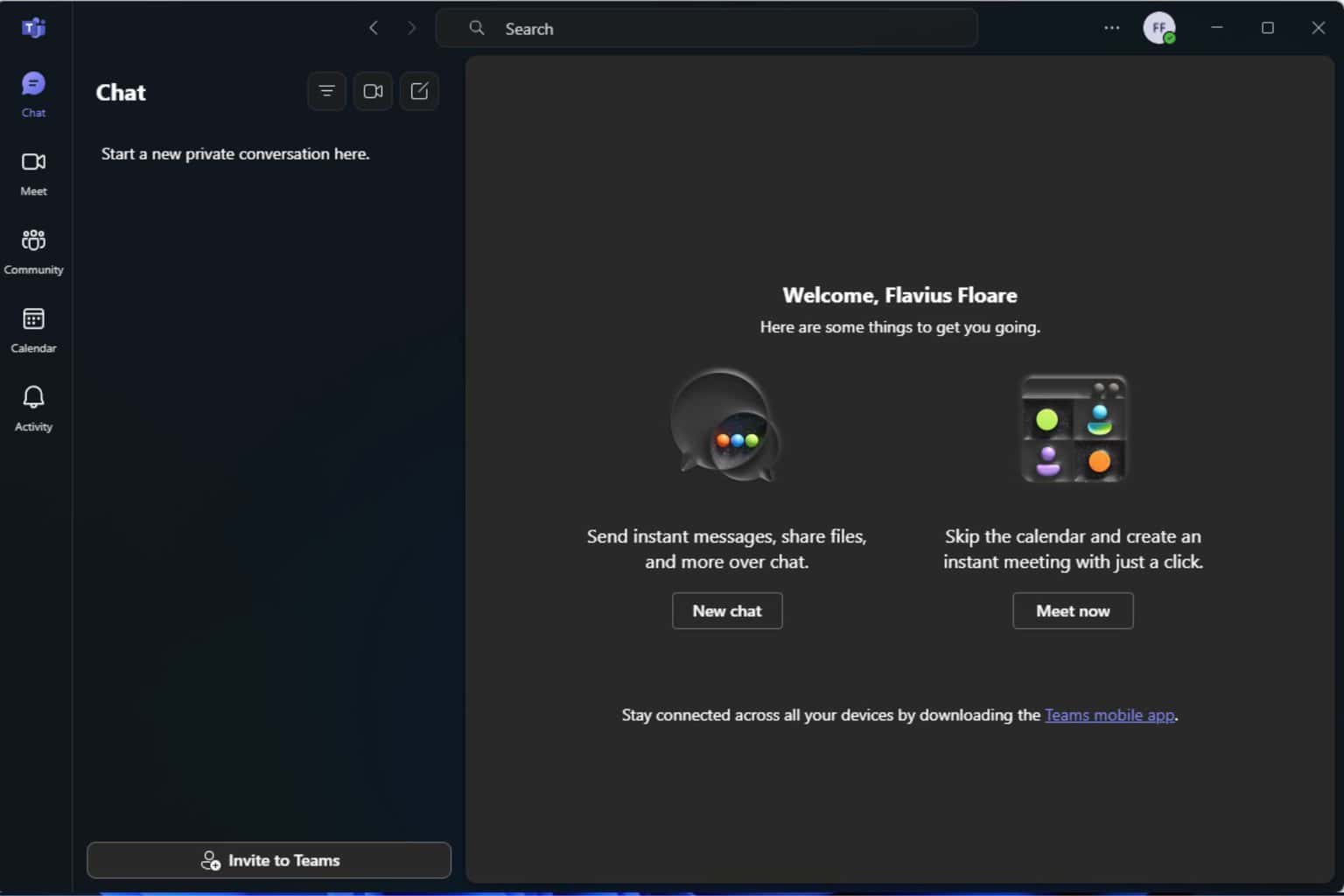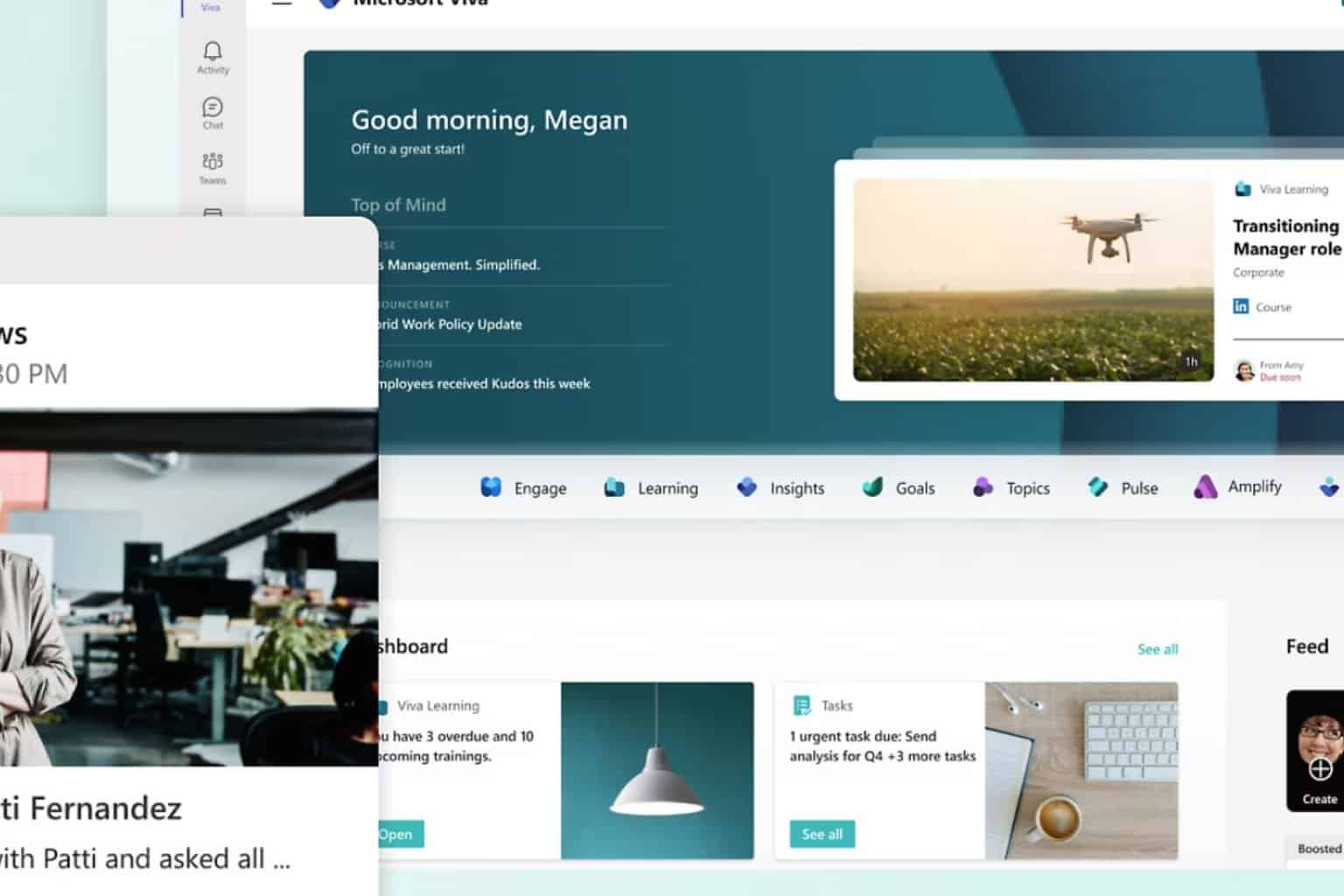Microsoft wants to bring AI to telecommunications. What does this mean for us?
Microsoft's latest blog post reveals dozens of partnerships with companies in the industry.
4 min. read
Published on
Read our disclosure page to find out how can you help Windows Report sustain the editorial team. Read more

Microsoft is taking a strong lead in the changing world of telecommunications, becoming a symbol for new ideas and working together to shape how people connect and communicate. Microsoft’s deep grounding in technology and its always-forward-thinking approach show that its involvement in the telecommunications sector isn’t just about being part of it but about leading this change.
They are committed to strategic collaborations, like with TM Forum, and by contributing towards Open Digital Architecture (ODA), showing Microsoft’s determination for industry transformation. The company’s actions aspire to build a better connected and adaptable digital future, establishing fresh benchmarks while nurturing an atmosphere of transparent teamwork.
The telecommunications industry stands at a pivotal juncture, where the convergence of technology and communication is accelerating at an unprecedented pace. Microsoft’s role in this transformation is not just as a participant but as a leader, driving the conversation and action towards a more integrated and efficient ecosystem.
Microsoft
Microsoft plays a transformative part in telecommunications by pushing for a unified and effective system. The TM Forum DTW24-Ignite event demonstrated this dedication. It emphasized the most recent patterns, difficulties, and creative solutions created through cooperation.
Microsoft’s ongoing involvement in catalyst projects, emphasizing Open APIs, ODA, AI, and automation, shows its dedication to change within the industry. These initiatives aim to enhance business efficiency, optimize end-user experiences, and promote sustainable growth.
The company’s participation in the ODA Accelerator represents a notable step forward. It will influence the development of an ODA-ready digital architecture that is modular, flexible, and resistant to future changes in the telecommunications industry.
Shifting from old systems to software based on cloud-native technology, Microsoft makes a digital changeover possible using standard components, information patterns, and Open APIs.
Establishing a telecommunications ecosystem on Microsoft Azure in the cloud indicates their commitment to promoting digital transformation within this sector.
Microsoft concentrates on empowering developers, utilizing tools such as the ODA canvas and accelerator and GitHub Copilot for Open APIs that are transforming development. Success stories from Orange and Lumen highlight how these tools can help developers build more efficiently and effectively.
The collaborations with TM Forum members and the notable projects above showcase Microsoft’s dedication to improving developer productivity and creativity.
Microsoft’s strategy for the telecommunications industry clearly emphasizes customer experience. The push to better customer engagement using technologies such as Microsoft Dynamics 365 Contact Center and Microsoft Copilot Studio reflects a commitment to utilizing generative AI for automated care bots.
These steps involve solving customer inquiries faster, improving network operations, and redefining communication methods through innovation. Microsoft’s strategy for the telecommunication field strongly emphasizes improving customer experience.
Their goal to enhance customer engagement via technologies like Microsoft Dynamics 365 Contact Center and Microsoft Copilot Studio shows their commitment to utilizing generative AI to assist with automated care bots, which resolve issues rapidly, optimize network effectiveness, and redesign how we communicate.
Another important part of Microsoft’s vision for the telecommunications industry is the change in network operations. Microsoft Fabric Real-Time Analytics, which allows us to understand big amounts of network data, is central to this transformation.
According to the Redmond-based tech giant, partnerships with Accenture and new introductions like Azure Programmable Connectivity demonstrate Microsoft’s dedication to improving network operations and following industry norms.
Finally, Microsoft Azure Synapse is launching a fresh database template for wireless. The goal is to reshape how data management works in telecommunications. This move, combined with partnerships formed with Tech Mahindra and LigaData, shows how Microsoft attempts to make operations more efficient, encourage invention, and facilitate a smooth fusion of services throughout the industry.
The journey of Microsoft with the TM Forum and ODA is a story in which they have consistently brought innovation and backing to the telecommunications field.
As Microsoft gazes into its future, its dedication to cultivating an environment of teamwork, technological brilliance, and mutual vision remains steadfast. They cordially ask the industry to take this thrilling voyage towards a more connected world.








User forum
0 messages